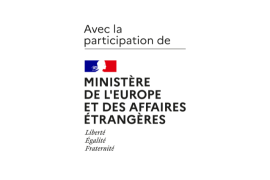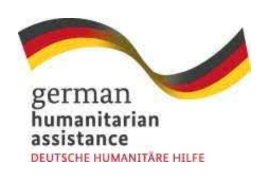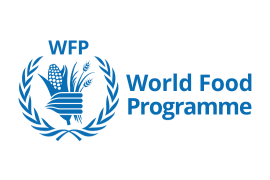Ethiopia has long been considered a stable country, but major tensions and inter-community violence persist. In November 2020, this triggered a conflict between Tigrayan forces and the central government that is still ongoing. Twenty years of conflict in the Ogaden region in the southeast have had a serious impact on the Ethiopian population of Somali origin.
The country is regularly hit by terrible droughts. Consequently, the number of people dependent on humanitarian aid is rising, increasing from 8.4 million in 2019 to 13 million in 2022. The country is home to people displaced by cross-border movements caused by drought, conflict, political upheaval and conflicts in neighbouring countries (Eritrea, Somalia, Sudan and South Sudan). There are also large numbers of internally displaced people fleeing the consequences of drought and conflict.
- Number of HI staff: 102
- Programme created in: 1986
Over the past 15 years, Ethiopia has undergone significant economic and social change and has recorded one of the highest growth rates in the world (over 10% in some years). However, Ethiopia's Human Development Index and ranking have not changed significantly in the last 10 years. Health services are limited, particularly those for people with disabilities. Ethiopia is also one of the countries most affected by HIV/AIDS in sub-Saharan Africa.























